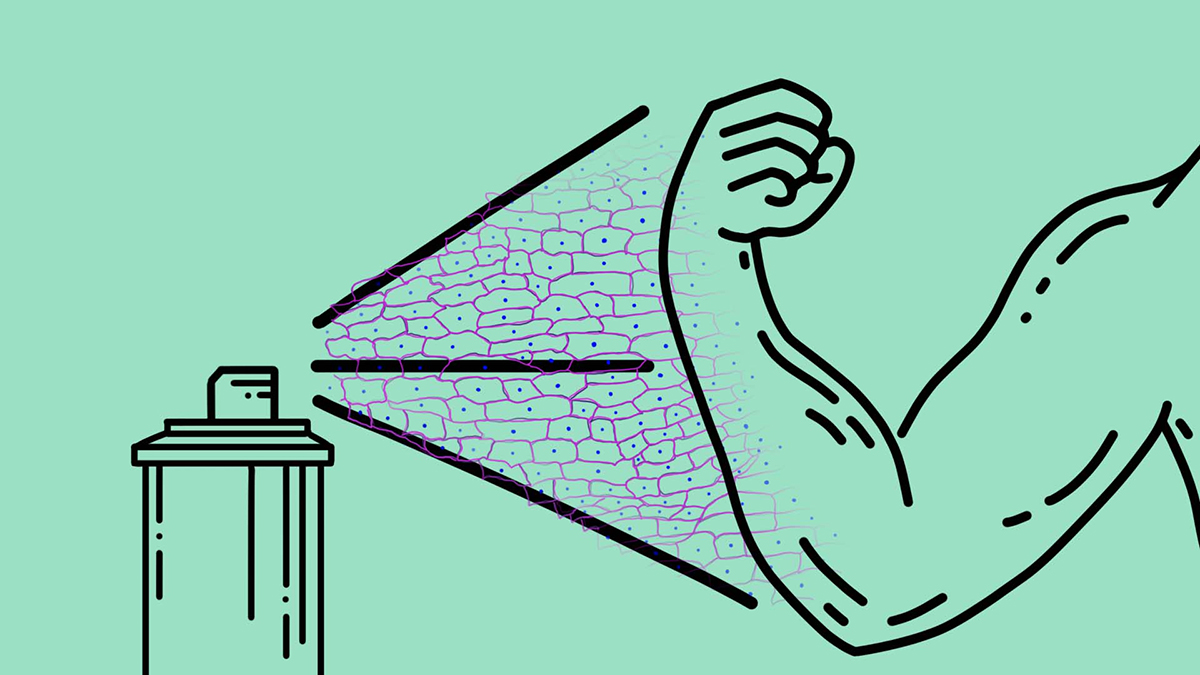Spray-on Skin Lowers Louisiana Mortality Rates from Burns
January 18, 2022
Accellerating Healing Through Technology
Dr. Jeffrey Carter, associate professor of surgery at LSU Health New Orleans School
of Medicine, has spent over a decade developing a new technology for burn and wound
care, known as spray-on skin. It’s created by taking a sample of a person’s healthy
skin, small as a thumbnail and thinner than a one-dollar bill, and allowing enzymes
to separate the top layer of the skin, the epidermis, from the layer underneath, the
dermis. Between these layers are progenitor cells, a kind of stem cell that can replicate
into different types of cells. When progenitor cells are put into a solution that’s
sprayed over open wounds or burns, they replicate quickly, creating new skin.
While burn surgeons used to have to rely on same-sized grafts—such as a piece of skin
the size of a hand to heal a burn the size of a hand, 1:1 ratio, the new technology
allows for a ratio closer to 1:80.
“Using [spray-on skin], we’ve been able to cut recovery times in half by accelerating
healing and also reduce the hospital stay for all Louisiana burn patients by three
days,” Dr. Carter said. “This means less suffering, less risk for complications and
infections, and significant savings for both the patients and the state—at least $9
million over three years.”
Dr. Carter is also working with the Louisiana Department of Health on designing and
delivering burn kits to first responders, so people with minor burns—including fire
fighters—can get immediate treatment and avoid trips to emergency rooms and burn centers.
The goal is to get burn victims faster and better care, but also increase disaster
capacity and preparedness across the state.

The spray-on skin technology Dr. Jeffrey Carter at LSU Health New Orleans has helped develop, called ReCell, has already led to better outcomes and savings for both patients and the healthcare system in Louisiana.
– LSU
“If they’d had to rely on skin grafts to heal my burns, which is the traditional method and the only method most doctors know about, I would have had a 1-in-2 chance of coming out of that, and since I was pregnant, so did my baby. Instead of 8-10 hours, my surgery took 2-3 hours, and unless you look closely, you can’t tell I was burned at all.”
Jazmyne Sylve, who suffered burns on almost 40% of her body when a propane grill exploded outside her apartment complex in Slidell last September, but was treated with spray-on skin by Dr. Carter and his team


